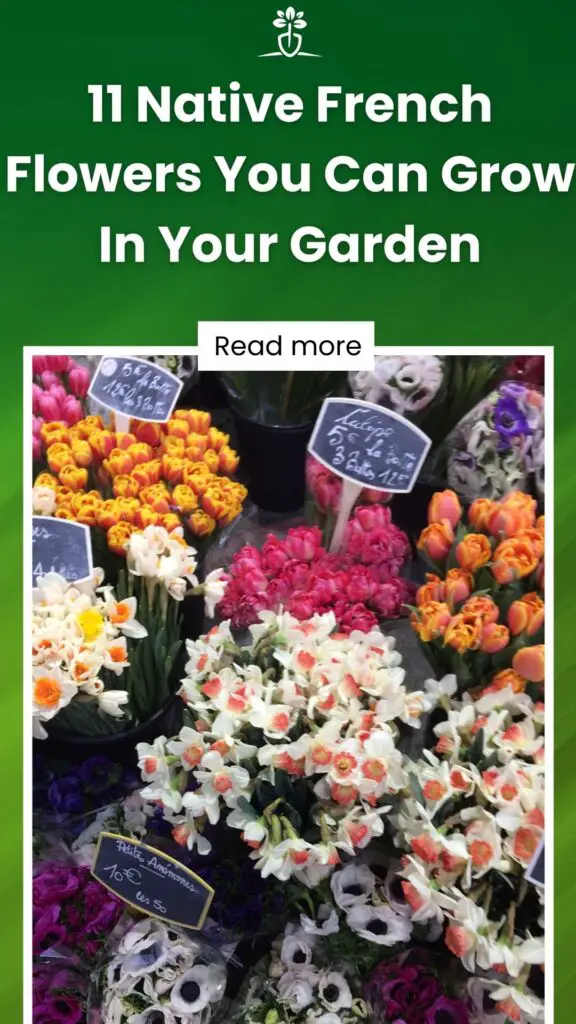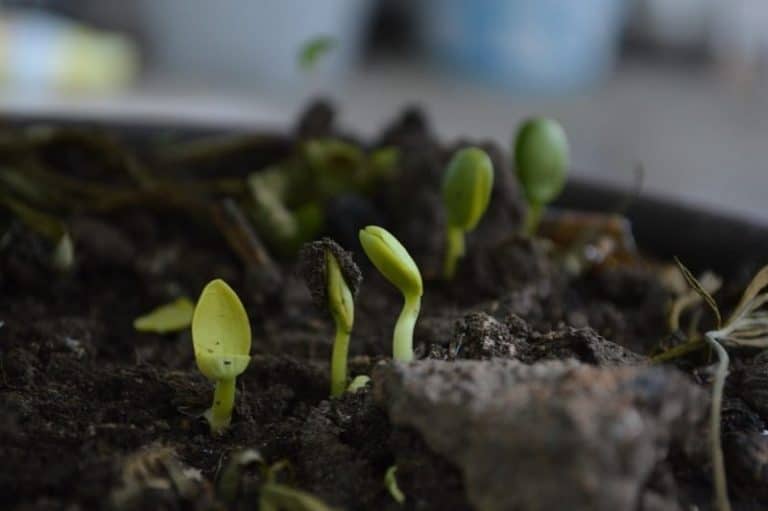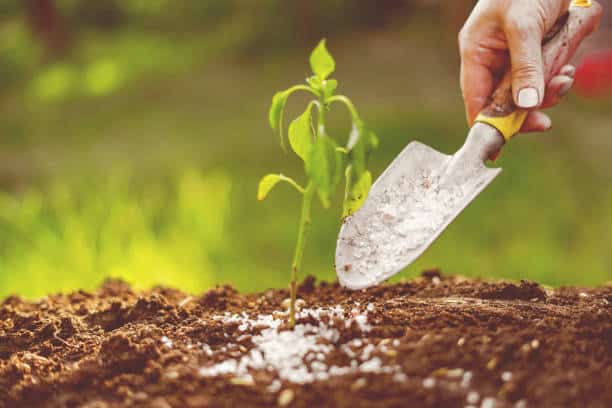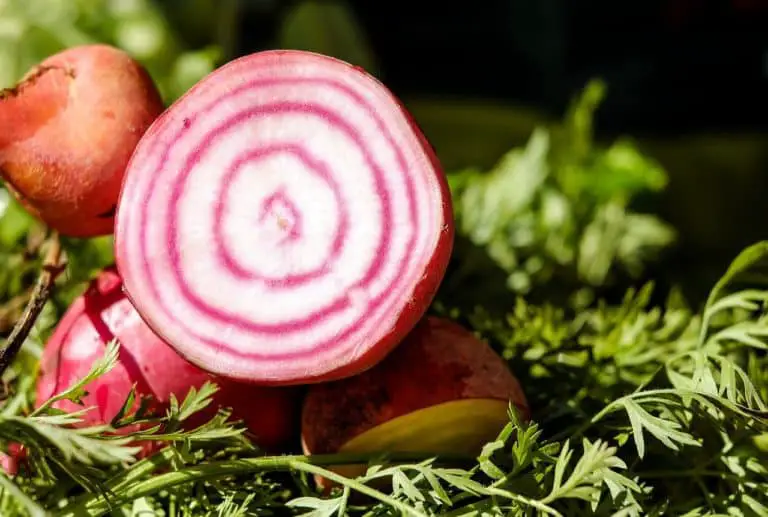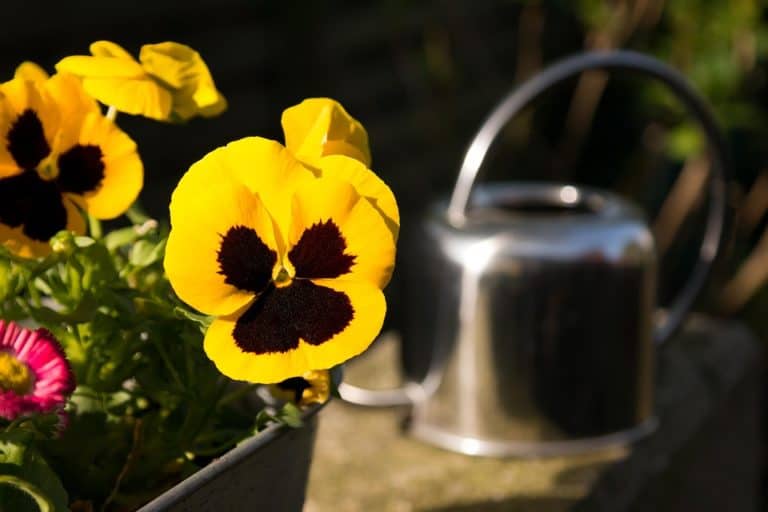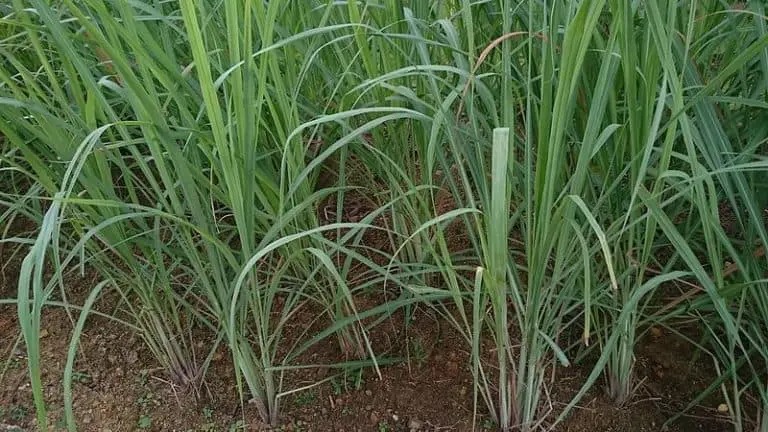11 Native French Flowers You Can Grow In Your Garden
We all know the feeling of looking out into your backyard and feeling…nothing. There’s nothing interesting going on and your yard feels drab and boring.

If you have felt this too, then you may be looking for ways to brighten up the place, and we have just the thing! Why not invest in beautiful French flowers and make your very own flower garden?
France is home to some of the most beautiful flowers, and they are sure to bring you happiness the next time you look out of your window or spend the evening in your backyard.
However, it takes a lot of care and maintenance to grow beautiful flowers. Many need a certain amount of sunlight, water, a specific type of soil, etc, to bloom successfully.
Luckily for you, we have detailed 11 types of native French flowers with some information on how to take care of them, so read on to take the first steps in your flower garden journey.
Contents
1. French Rose

Kicking off our list is the French rose. They are one of the most popular flowers around the world. Roses are traditionally given as gifts on romantic or special occasions and are commonly used as an ingredient in perfume.
Producing a powerful aroma that is sometimes sweet, musky, or woody depending on the other notes of the perfume mix.
Roses are commonly thought to symbolize love, they are perfect for all things romance – such as weddings or Valentine’s Day.
However, they are also perfect for growing in your garden. French roses are pink, which symbolizes joy, grace, admiration, and gratitude, and planting them in your garden can serve as a reminder of all these emotions.
Typically, it is best to plant rose seeds in the winter. Roses need at least six hours of sunlight per day, and they can last all year round. If you choose to plant your rose in a container and later want to transfer it to your backyard, you must plant it at the same depth it is planted in the container.
Finally, to grow a successful French rose, you must ensure the soil is always moist. However, we advise against saturating it. We recommend watering the rose slowly and removing any faded or dead roses from the garden to keep the other roses healthy.
2. Lavender

French lavender is another much-loved flower for many people worldwide. Lavender is a wonderful, royal-purple in color.
It is commonly thought to help reduce stress and allow people an improved quality of sleep. It has a fresh and earthy, yet gentle smell, making it a huge hit among flower and essential oil enthusiasts alike.
If you want to make French lavender the newest addition to your flower garden, then it is best planted in the spring, anytime between March and May. The French lavender needs a lot of sunlight to grow, so make sure you put it next to a window if you choose to grow yours indoors.
Lavender will grow best in well-drained, slightly acidic soil. It does not need to be watered a lot because it is drought-resistant. In fact, watering the lavender too much can result in rotting roots and leaf spots. You should aim to water your lavender every two weeks.
3. Climbing Wisteria

Climbing wisteria is famous for its very long vine and looks so delicate draped against walls, gazebos, patios, etc. The vine can grow all the way up whatever you planted it on, which will decorate the entire area and make it look elegant and beautiful.
It is best to plant wisteria in late fall or early spring. It will bloom beautifully with blue-purple flowers. Climbing wisteria needs full sunlight and requires well-drained, fertile soil to grow sustainably.
However, with wisteria, you need to be cautious. It can be difficult to remove once it has been established, and will grow into cracks and crevices, meaning you should be cautious about planting it onto or near your home.
4. Red Poppy

Beautiful, bright, and bold, poppies are a very common wildflower all around the world. However, they would also make a perfect addition to your flower garden.
There is a huge history behind planting poppies. Since the 12th century, they have been said to grow on battlefields. For example, white poppies grew on battlefields left by Ghengis Khan, and more recently were seen growing in war zones following battles of the first world war.
For this reason, poppies are a common symbol of remembrance, sleep, death, and rebirth. Additionally, in the United States, the red poppy is used to commemorate Veteran’s Day.
Poppies require fertile soil and a lot of water in order to grow. Additionally, they need a minimum of six hours of sunlight a day.
5. Lily

Lilies are a type of flower that only blooms once a year. Therefore, if you interplant them with other flowers it keeps your flower garden in bloom for longer periods of time.
Lilies come in a variety of colors, all of which are perfect for your garden. The perfect time to plant lilies is during late spring or early fall.
Lily bulbs should be planted around 4 -6 inches deep. They need around 6 hours of sunlight to grow, so work best when out in the sun. It is best to grow lilies in well-drained soil, and you can choose soil mixes like perlite and peat moss so the soil profile improves.
If you have heavier soil in your flower garden, then you should plant your lilies on a raised bed. This improves drainage.
6. Iris

The iris, also known as the fleur-de-lis, is the national flower of France. It dates back to ancient times when royal families would use it as their emblem. The iris is one of France’s most famous flowers and it historically represents solemnity, freedom, and pureness.
It is best to plant and divide irises in late July. It is good to divide irises soon after flowering or there may be a chance of bacterial soft rot. Irises should also be divided every three to five years.
It may take a year after planting for your iris to bloom, but it will produce the most beautiful flower a variety of birds and butterflies will love! To ensure the best possible results, you should water the irises thoroughly.
Although, it is good to know that irises are drought-tolerant. You should plant your irises in shallow soil. Try covering the bottom half of the root only, and leaving the top half totally exposed.
7. Gerbera Daisy

There are over thirty species of gerbera daisies, which are actually classified as part of the sunflower family. Gerbera daisies come in many different colors, including orange, yellow, red, pink, and sometimes even bicolor.
There is a lot you need to know when it comes to successfully planting gerbera daisies in your garden, but once successful it is so worth it. It is best to plant gerbera daisies in the spring. When planting, you should space them around 12 to 18 inches apart in well-drained soil.
This is important because if the soil is not well-drained, then this could cause root rot. If you don’t have well-drained soil, then you should plant them on a raised flower bed. Alternatively, you could add organic material soil before planting the gerbera daisies.
When it comes to gerbera daisies, it is better to water them in the morning as opposed to the evening. Additionally, while they should get plenty of sunlight in the morning, gerbera daisies need plenty of shade in the afternoon.
8. Jasmine

Jasmines are beautiful flowers that symbolize beauty and eternal love. It also symbolizes purity. It is a fragrant flower that gives off a soothing, calming aroma.
Jasmines will truly make a wonderful addition to your flower garden. Unfortunately, the jasmine plant has a weak trunk, so if you want to grow them you will need to support them with a trellis or a cage.
This flower best grows in well-drained and fertile soil. It requires a minimum of six hours of sunlight, as well as 2 to 4 hours a day in partial shade.
During the summer you should water your jasmine every two to three days. Alternatively, you should water the flower when the first half-inch of soil is dry. During winter and early spring, jasmine needs very little moisture, so you should water it once or even twice a week.
9. Daffodil

A signifier of spring, the daffodil is a bright and beautiful flower that is sure to inspire joy to both you and your garden. Daffodils can stay in bloom during the winter too, so expect happiness all year round!
Daffodils symbolize a lot of different things. Namely, creativity, memory, forgiveness, awareness, and inner reflection.
If you want big daffodils, then you should plant big bulbs! The bigger the bulb, the bigger the daffodil! Of course, this is provided they are planted in well-drained and fertile soil and the perfect amount of water. If you don’t do this, then it could lead to root rot.
Ideally, daffodils should be watered once a week with an inch of water. However, this may change depending on the season. If you plant the bulbs under trees, then they need to be watered twice a week.
Daffodils need around 5 to 6 hours of sunlight per day. Please be aware that they will not bloom without enough sunlight.
10. Cacti

Cacti are drought-resistant crops that will add a little edge to your flower garden. They do not need to be watered very much, just every two weeks will suffice for outdoor cacti. However, they need to be watered once a week during the warmer months.
As for sunlight, cacti need a lot of it to grow. The minimum amount of sunlight a cacti needs per day is four hours, but ideally, they should have 12 hours a day. However, you should not expose the cacti to more than 14 hours of sunshine per day.
Cacti need pebbly, sandy, or porous soil to grow. Additionally, the soil needs to provide plenty of aeration and drainage for the cacti to grow well.
The perfect soil for cacti must have a lot of organic matter so the cacti are given plenty of nutrients while decomposing. Invest in this, and you will grow and maintain wonderful cacti!
11. Christmas Poinsettia

Last but not least, we have the Christmas poinsettia. It is an age-old tradition to give others poinsettias during the holidays, and gifting your loved ones poinsettias from your own garden will make it even more special.
Poinsettias will grow best in fertile, well-drained soil with plenty of moisture. They need a minimum of six hours of direct sunlight a day to grow.
Additionally, poinsettias need to be protected from frost and artificial light, as they can delay the poinsettia from flowering, or stop them from flowering altogether.
Eventually, the poinsettia’s colorful bracts will drop off. When this happens, it is good to reduce your use of fertilizing and watering in order for the plant to rest. You should also remove the bracts to allow the poinsettia to access more sunlight. This will lead to a bushier flower.
Final Thoughts
There are many beautiful flowers native to France that would look wonderful in your own flower garden. However, flowers require plenty of maintenance.
They need a certain amount of sunlight every day, they need a specific amount of water and this can change depending on the time of year. Additionally, different flowers need to be planted in different kinds of soil, so they need to be well-researched before you invest in them.
However, despite all of the work it takes to grow flowers, the effort you go through is totally worth it when you see your big and beautiful flowers on a warm summer’s day (or any day of the year, for that matter.)
